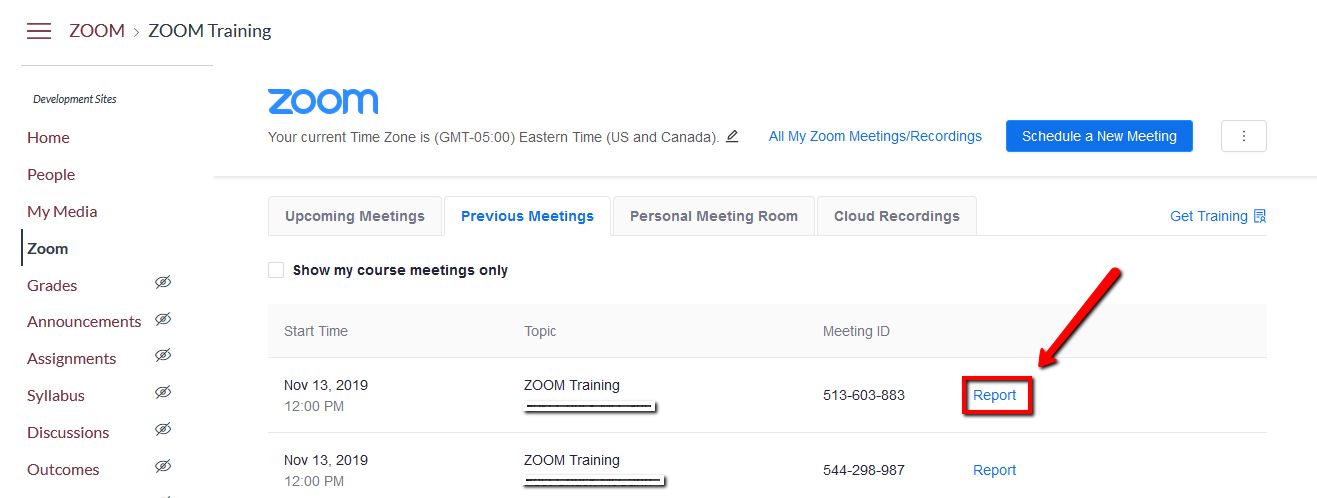Today, the transition to automation in business operations is undeniable, as software solutions are progressively replacing traditional manual labor tasks. However, deploying Artificial Intelligence in practical applications necessitates prior verification and testing.
To facilitate this, many organizations are turning to automated testing techniques to quicken their product development cycles, reduce repetitive workloads, and elevate the caliber of their software offerings. Nonetheless, it’s important to note that not every approach to automated testing yields the anticipated effectiveness or results.
Identify the Task and Schedule
Understanding your desired outcomes enables you to identify which tasks should be automated and why. Concentrate on activities that are performed according to a regular schedule, particularly those that are daily and susceptible to errors caused by small mistakes.
Following this, appoint a project manager to outline the precise steps and procedures each team must follow to execute the project successfully. The more comprehensive your understanding of the overall strategy, the better prepared you’ll be to manage daily operations and address any challenges.
Ensure Test Cases Do Not Impact UI Modifications
Scripts and keyword-driven testing, regularly developed for applications, are frequently adjusted due to updates in functionality and the user interface (UI). Occasionally, these adjustments render the test scripts incompatible with newer versions of the application.
Prioritize the development of tests not impacted by UI modifications, which can be achieved by accurately identifying and targeting properties and UI components. Giving unique identifiers to controls is advantageous as it helps maintain the reliability of tests, ensuring they are not influenced by any UI alterations. Adopting this strategy allows for automated tests to operate effectively, reducing the necessity for regular updates.
Equip Yourself with the Right Tools
Numerous testing issues can be effectively resolved by leveraging standardized tools, frameworks, and testing methods that are apt for specific applications or testing situations. Techniques like Behavioral/Black-Box Testing, Structural/White-Box Testing, State Transition Testing, and Exploratory Testing are advisable for assorted testing demands.
Employing the appropriate frameworks and tools for test automation, management, bug tracking, reporting, and analytics is essential in achieving the expected outcomes from a test automation project. You can contact F12.Net IT Company, which provides comprehensive IT solutions to help you align with your organizational goals.
Optimize Data Sets
Data sizes should be appropriate, holding all necessary information and elements for the application’s testing needs. Quality data sets are those that amalgamate and categorize data into segments such as valid, invalid, and boundary conditions. To execute data-driven testing, this data should be retrievable from databases in formats like XML, Excel, or text files.
Identify Methods to Cut Costs and Save Time
Automating tasks that are currently performed by individuals or entire departments can lead to a reduction in the need for staff. In management, for instance, a key function of a sales manager may be to ensure that sales representatives are concentrating on designated priority areas or that crucial information is circulated among the team. These functionalities can be integrated into your sales automation system, sending alerts to the sales representatives’ dashboards.
The system can also spotlight urgent issues, allowing sales representatives to seize all available opportunities. This includes identifying the optimal time to contact a potential client or notifying them about the commencement of an educational sales webinar for their professional growth.
Endnote
The advantages of incorporating automation into any data-intensive business are clear. It’s essential to gather and organize vast amounts of data effectively. Since this task is labor-intensive and susceptible to errors, delegating it to machines that avoid these issues is the most practical choice. Nonetheless, you risk setting your IT systems up for failure without well-defined tactics, strategies, and workflows.

























